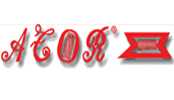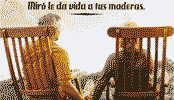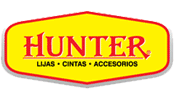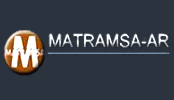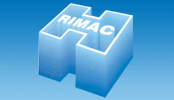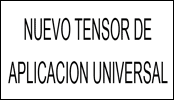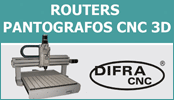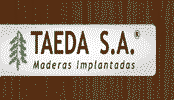
Trade fair report Ligna 2019 17.6.19
At this year's Ligna WEBER focused on grinding technology and under the keyword Sanding 4.0 on the possibilities of integrating sanding machines into the production process. The connection via the newly created OPC UA interface met with great interest. The idea is "Plug and Play", as it is known from the computer world, to be able to simply communicate and connect different woodworking machines with each other.
Parallel to this, the use of RFID labelling for workpieces and tools was presented. In the case of tools, the great benefit is in the automation of setting procedures during a tool change in order to relieve the machine operator and shorten tool change procedures. In addition, RFID logon keys can be used to ensure secure operator authentication.

WEBER directly developed and presented the new WEBER customer portal, which offers customers the possibility to start service requests online and to retrieve extended technical information such as circuit diagrams or parts lists of the existing machine via the Internet. The FAQ also contains extended information for troubleshooting.
For the sanding technology the interest was focused on the various possibilities of achieving various structural effects. The implementation is done by special sanding programs, which can be easily and individually set up in the machine control. WEBER CBF sanding technology also met with great interest. This unique and patented sanding process sets a standard for surface quality.
The uniformity of the sanding pattern on wood, MDF, foil, paper and lacquer as well as the simple mechanical construction convinced the customers. The CBF technology is simply described: A narrow lamella belt arranged in the wide belt sanding station runs across the sanding belt. It has its own drive and is mechanically separated from the wide belt.

Therefore, the abrasive belt can work without restrictions at the optimum cutting speed. The pressure lamella belt does not require any complex mechanics such as additional oscillation control.
The lamella belt is always uniform in use and can therefore not cause any sanding errors. Due to the arrangement, the pressure lamella belt is highly flexible and the tolerance compensation of the sanding beam remains unaffected.
The effect that the abrasive belt is working with the optimum cutting speed and the necessary removal, the desired grinding result is usually achieved with fewer abrasive belts and less tools. This is what WEBER stands for with the cross belt/broad belt version.
The WEBER brushing technology with the patented planetary head met with a similar response. It is used for surface finishing, edge breaking and structuring. The special feature of the WEBER planetary head is the small distance between the brushes. This ensures the necessary overlapping and the entire working width is perfectly evenly processed. The technology can also be used for widths of any size.
WEBER shows another component in the direction of industry 4.0 with the robot handling system WEBER HS-6-600. It can automatically recognize parts, independently determine the gripping point and place them in predetermined and defined patterns on pallets or load carriers.
The programming of part dimensions and contours is completely done by the system. In addition, the handling system can be individually adapted to customer requirements. It is an approach for production with batch size 1


IT MAY INTEREST YOU
 Unusual finding: a pine forest in excellent condition emerges after 6,000 years buried under the ice
Unusual finding: a pine forest in excellent condition emerges after 6,000 years buried under the ice
In the world there are millions of forests. Some are close to urban centers, others in remote and inaccessible places, but they all fulfill a key role: maintain the balance of the planet. They are literally the lung of the earth. When talking about a new forest, the first thing that comes to mind is usually reforestation, a recent plantation or the recovery of an area razed by fire. But this discovery is on another way. It is not a forest sown recently. It is an old forest, which was there for thousands of years, buried under the ice. And now, with the thaw caused by global warming, he has emerged again.
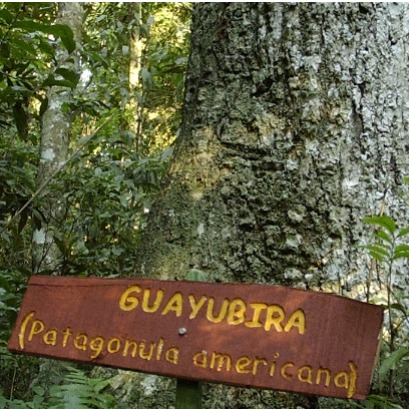 Know the Guayubira tree: one of the native timber species of the missionary jungle
Know the Guayubira tree: one of the native timber species of the missionary jungle
With information from the Native Missions Species Manual (2024), developed in collaboration between the Faculty of Forest Sciences of the UNAM and the United States Forest Service (USFS) through the Project Update and Edition of the Wood Identification Manual of the Missionary Jungle, we share information from each digital tab that includes dendrological and anatomical characteristics. The manual was elaborated in the Wood, Dendrology and Dendrocronology Anatomy Laboratory (LAMDYD) of the Faculty of Forest Sciences in Eldorado, National University of Misiones.
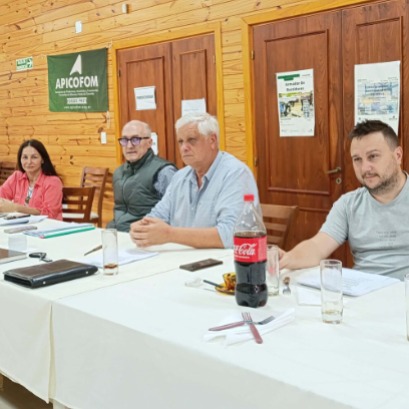 APICOFOM: 1947 al 2025
APICOFOM: 1947 al 2025
The 78th Anniversary of Apicofom finds us as a reference institution of the forest national industry, the result of a constant, coherent and responsible work. Almost 8 decades are reflected today in a solid present, with the legitimacy that supports us when promoting, proposing and implementing sectoral actions in all levels where public policies are decided.




